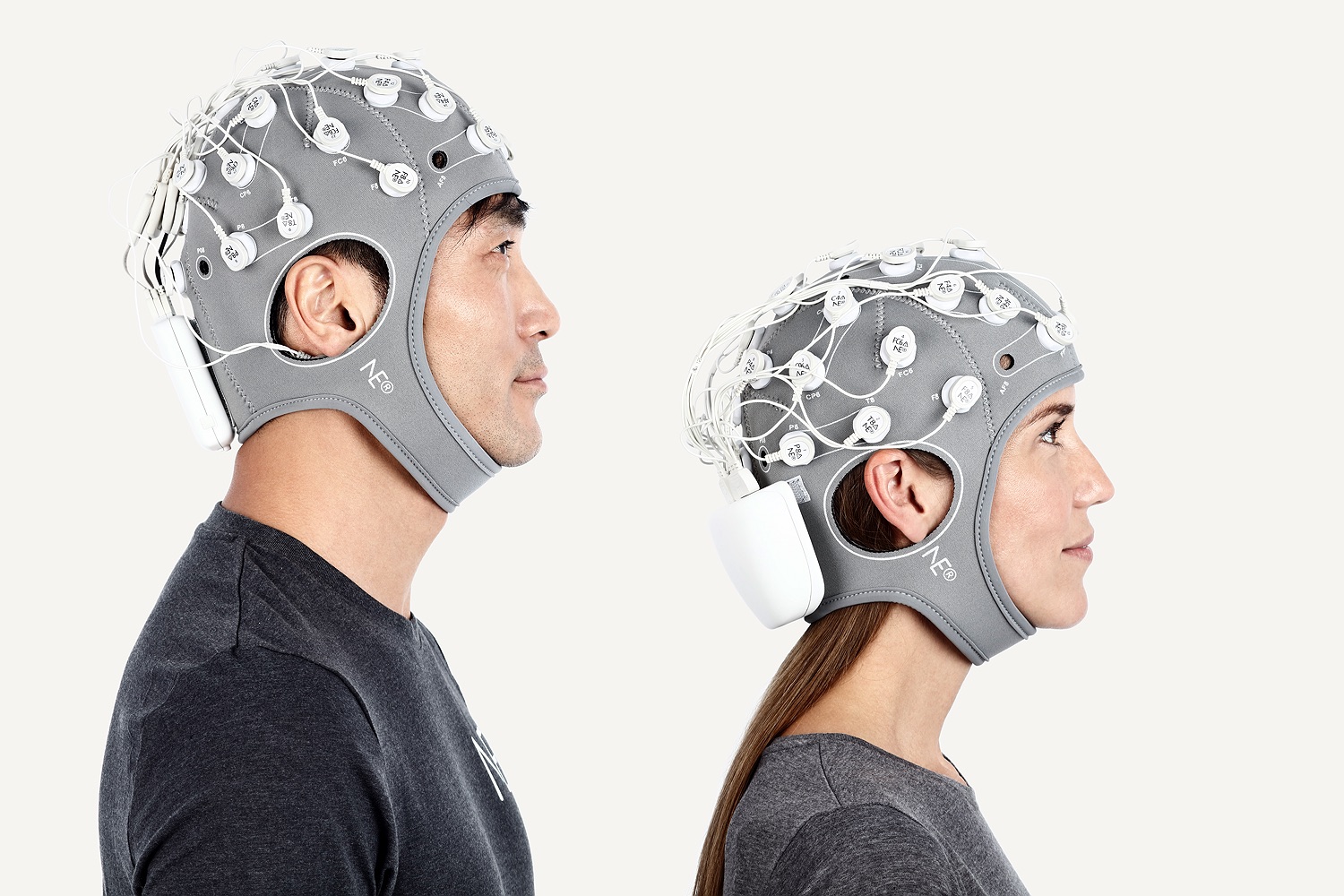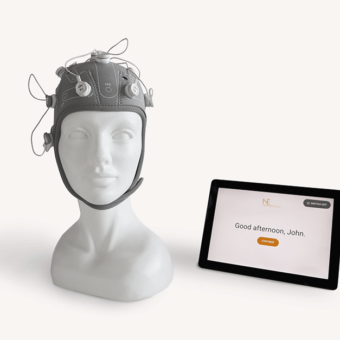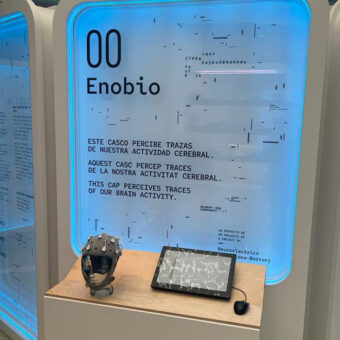In this blog post I review – briefly and by no means exhaustively – some of the literature on the use of tDCS in stroke. This is of special interest to me these days, as I am involved in a study with my colleagues at the Burke Medical Research Institute in White Plains (NY, USA) and at the Berenson-Allen Center for Non-invasive Brain Stimulation on the effects of tDCS on stroke patients … an abstract has been submitted to the forthcoming Leipzig non-invasive stimulation conference in March. I will post about this work in the next months. Anyhow, this is a rapidly changing field, so it will be no doubt necessary to revise the topic on a yearly basis.
A stroke that affects the cerebral cortex may have a wide range of effects depending on the location of the lesion. The clinical strategies for treating stroke typically involve stabilization of the patient, preservation of function in the brain area and adaptation of the patient to diminished function. There are some hints that electrical stimulation of the brain may in itself promote recovery or preservation of brain tissue (see, e.g., [1]), although to date a relatively small number of published studies have focused on improving specific functions through the use of single or repeated sessions of anodal stimulation.
The main motivation behind the use of non-invasive brain stimulation for stroke recovery is to support relearning of compromised abilities by enhancement of pathologically-reduced cortical excitability and activity, directly by excitability-enhancing brain stimulation of the lesioned area, or indirectly, by reducing excitability of the non-lesioned contralateral hemisphere – since this has inhibitory connections with the lesioned one [2]. Specifically, the respective excitability enhancements are thought to promote relearning of functions by enhancing learning-related long-term potentiation (LTP) (which is the likely physiological basis of learning and memory formation [3]) and via this mechanism promote recovery.
I recall here the logic regarding anodal versus cathodal stimulation. Anodal stimulation over an area produces electric fields directed generally inward into the brain in the subjacent cortex. The direction of the electric field with respect to the orientation of the neuron is a significant parameter in the alteration of the trans-membrane potential, especially of elongated neurons such as pyramidal cells. For this reason we may loosely say that anodal stimulation is excitatory, since long cortical neurons are generally aligned perpendicular to the cortical surface, etc. The opposite applies to cathodal stimulation. However, these are approximate statements. The geometry of the cortical surface is complex, as are the generated electric fields. For this reason, biophysical modeling of electric fields an their interactions with neurons is an important tool to carefully define montages. If interested in the topic, see this paper on biophysical modeling and this one on the electric field generated by focal tDCS.
Despite these subtleties, tDCS has been repeatedly shown to modulate learning in healthy humans [e.g., 4, 5] and animals, (see this nice HIVE paper). Function-specific treatment trials have so far addressed recovery of motor function, language and of memory and cognition. An early study of a small number of patients with unilateral motor deficit found an improvement in the affected hand function after a single application of 20 min of 2 mA anodal tDCS over the lesioned area [6]. In addition, we also know that recovery may be enhanced if the stimulation is applied bilaterally, with the unaffected hemisphere concurrently down-regulated using cathodal stimulation [7]. The same technique may be used to ameliorate visuospatial attention deficits in neglect patients [8.
Another interesting study on post-stroke aphasia found an improvement in picture naming after a single 10 min session of 2 mA tDCS over Broca’s area, but only after cathodal and not anodal stimulation [9]. A second study tested five daily 20 min sessions of 1 mA anodal tDCS to a target location defined by functional imaging of each patient’s spared ability [10]. These authors found that anodal stimulation was effective in aiding recovery. On first sight, these results would appear to contradict each other and further work is no doubt required to address the substantial differences between the two studies’ methods. One explanation for the diverging outcome might be that the electrode arrangement differed in both studies, with different positions of the return electrode. Since tDCS effects depend on electric field direction [11, 12] different electrode positions might have resulted in different alterations of cortical excitability. This highlights the need for careful, complete specification of electrode montages in all future studies and careful modeling of the resulting electric fields in the brain.
More recently, the effects of anodal stimulation in the affected vs. cathodal in the contralateral hemisphere (both with combined robotic arm rehabilitation) have been studied in more depth, showing that both produce similar, in not identical results [16].
Although the approaches taken in such trials do not allow researchers to determine the effect of tDCS alone, they do mimic more closely the likely treatment pathway for a patient, where tDCS will probably be combined with other therapies.
A crucial direction of future research will be to determine the factors that best predict recovery in stroke patients, and to shape optimal therapy combinations for each patient [13, 14]. Paired tDCS-robot therapy seems like a promising route. Both fMRI and EEG (prior, during, post tDCS) can provide interesting data as well, guiding in the future the choice of the most effective montages and protocols.
A recent meta-analysis of recent studies on stroke and tDCS concludes that, although the efficacy of anodal tDCS depends on current density and duration of application, there is a pattern of motor function improvement following anodal tDCS that encourages further research [15]. Since the studies conducted so far are in most cases exploratory pilots with a relatively small numbers of subjects, future studies should explore the validity of the results in larger samples. Judging by the number of ongoing (declared) clinical studies on the subject, we should learn much more soon.



